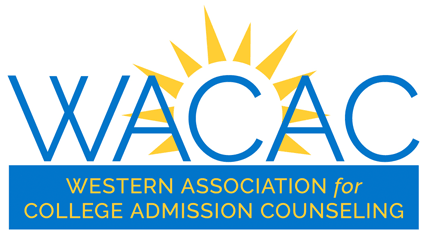If you look up “diversity” online in the Merriam-Webster dictionary, this is the second definition you will see: “the state of having people who are different races or who have different cultures in a group or organization.” Notice that it only mentions race and culture. Nowhere does it state that diversity is about more than just race or culture. One of the biggest lessons I have learned in recent years through my work in admissions is that diversity is more than just about the color of one’s skin or where one was born. It’s an all-encompassing term meant to include other identities like gender and sexual orientation. In this post, I want to focus on a topic that is relevant to all of us (as I’m sure that most of us, at some point, have worked with students who identify as LGBT): working with transgender students. Someone transgender identifies as a gender different than the sex as which he or she was born.
Unfortunately, transgender students are a population of students that continue to be misunderstood and marginalized despite the strides that have been made towards equality for the LGBT community. There are so many things transgender students have to consider that most people take for granted every day. Simple things, like which bathroom to use without having to think twice about being questioned or judged. The “School Success and Opportunity Act” law was recently passed in California. It allows transgender students to be involved in school as the gender with which they identify. This applies to everything from using the bathroom to playing on sports teams. The following website gives some great information about the law itself and some excellent resources that can help us all learn how to better serve and understand this population of students: http://supportallstudents.org/.
As educators, we want to make sure that we provide the right information and the appropriate resources, no matter the level at which we work. It may be at the high school level, trying to help a student find a college where they will feel safe and welcome, or at the college level, working to make sure students feel comfortable in their new environment. The following website is a great resource for college professionals who are looking to improve their LGBT campus life and for students who are looking for LGBT-friendly campuses and scholarship opportunities: http://www.campuspride.org/. I know that in recent times our undergraduate admission office has made accommodations for transgender students who attended a campus overnight program; it is important to us that these students feel safe and no different than all the other students attending the program. We should strive to make sure students feel safe regardless of how they may identify, but we should also acknowledge that for some populations of students, like transgender students, it might be a little more challenging and we will need to provide that additional support.
By Maria Rodriguez
DEA Committee
